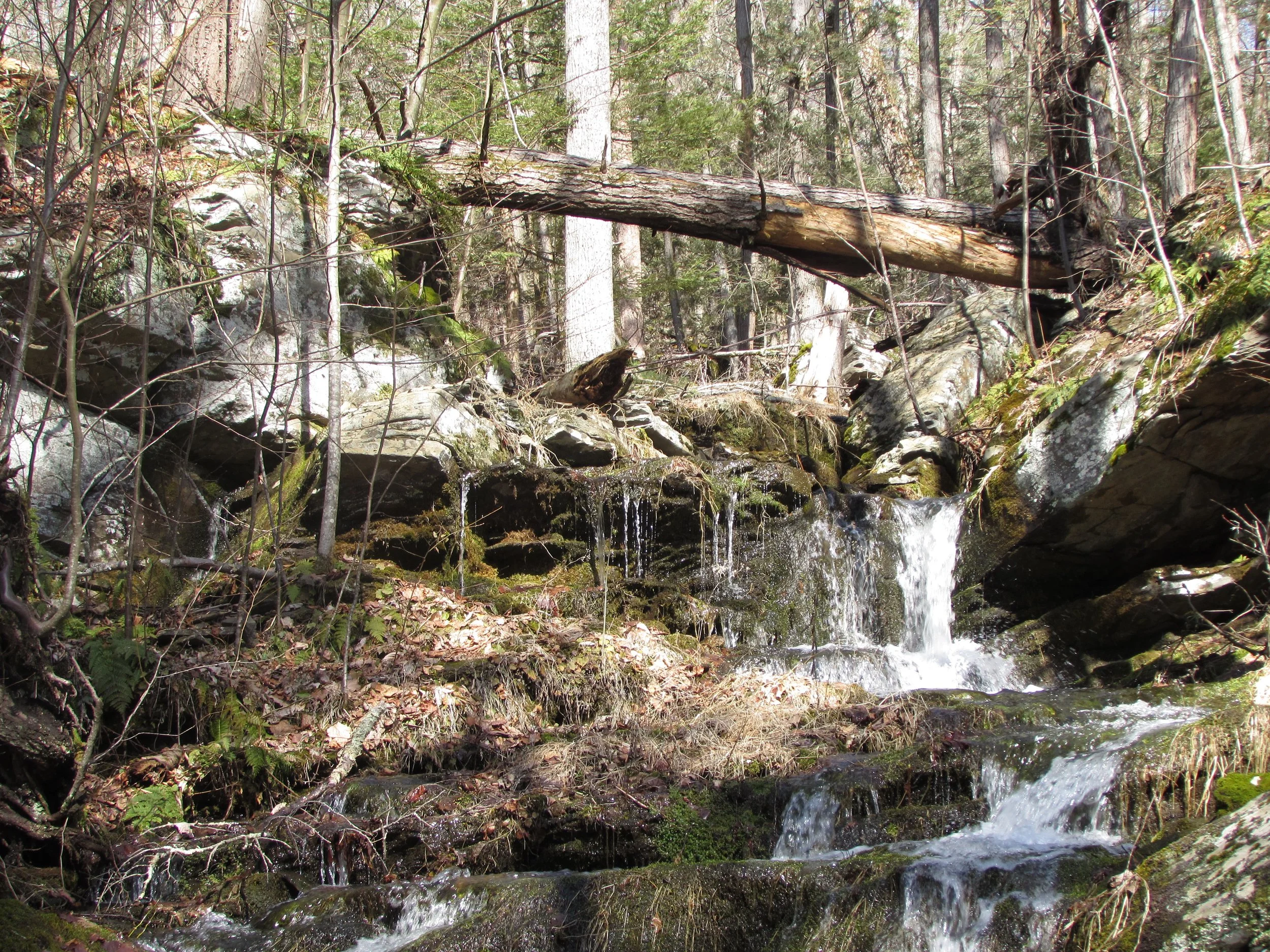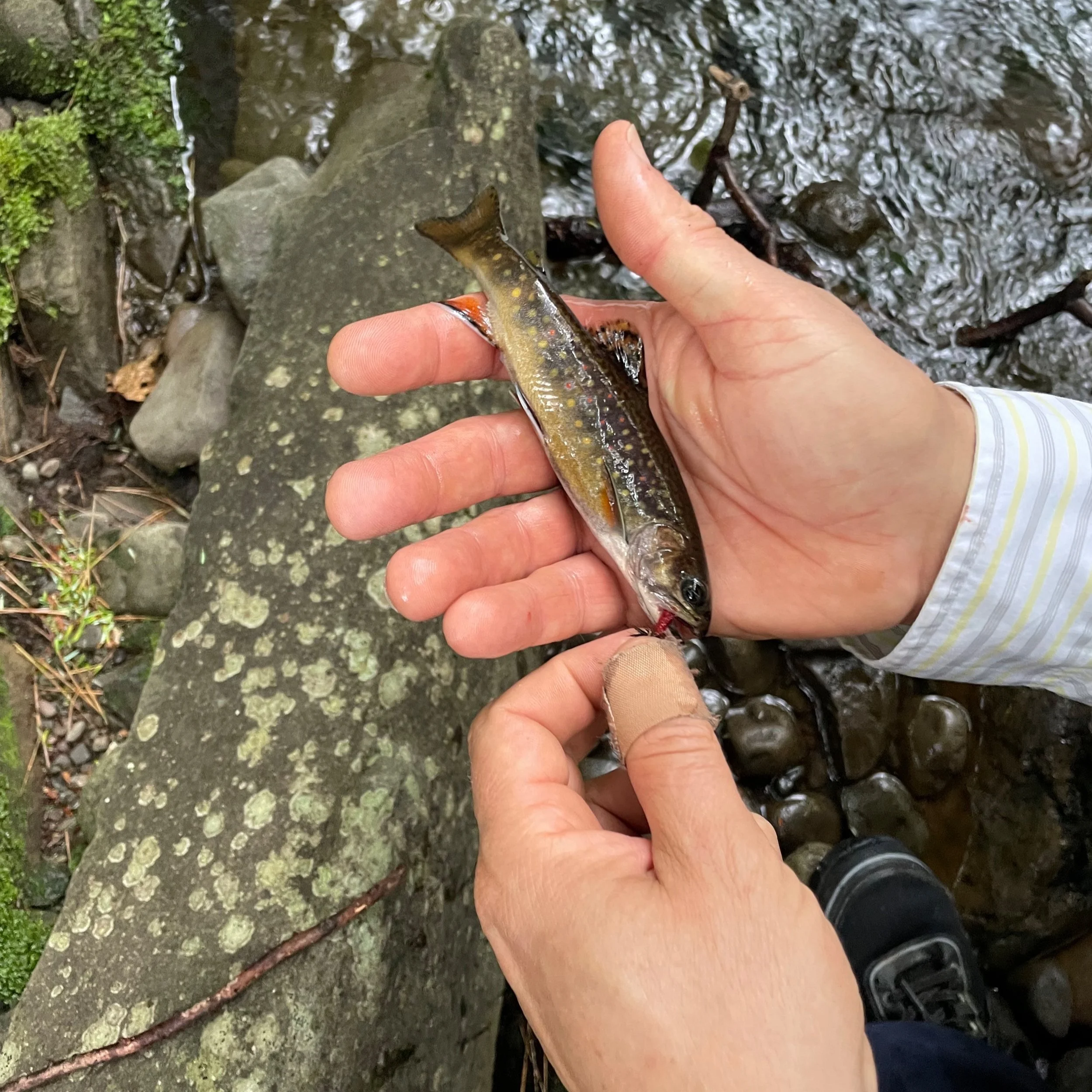Eastern hemlock (Tsuga canadensis)
In the nineteenth century, hemlock bark became a prime resource for leather tanning. The Eastern hemlock-dominant forests of the Catskills became a center of that industry. Tanneries left behind rotting, bare hemlock trunks and stumps across the region. Overharvest nearly obliterated this species, forever altering the ecosystem.
Eastern hemlock has reestablished in most of the Catskills, but is entering collapse once again. Hemlock woolly adelgid (HWA) is an insect that arrived on this continent through global trade. It feeds on hemlock sap and colonizes its needles, killing a tree in 4-10 years on average.
Field Notes
Barkpeelings are how we refer to the Catskills hemlock forests after leather tanneries felled and stripped trees for their tannin-rich bark. Naturalist writer John Burroughs captured the altered ecosystem in his essay, “In the Hemlocks”:
I pass on through the old Barkpeeling, now threading an obscure cow-path or an overgrown wood-road; now clambering over soft and decayed logs, or forcing my way through a net-work of briers and hazels; now entering a perfect bower of wild cherry, beech, and soft-maple; now emerging into a little grassy lane, golden with buttercups or white with daisies, or wading waist-deep in the red raspberry-bushes.
This first collapse opened the forest canopy, allowing fast-growing hardwoods to move in. They shot up quickly toward the sunlight, and their straight, lithe trunks became industrial material before the trees could even mature. Many were turned into hoops for barrels and kegs.
Brook trout are a key Catskills species with deep ecological ties to Eastern hemlock. The shade hemlocks provide on mountain streams keep waters cool and habitable. During the era of tanneries, trout populations suffered twofold from stream erosion where hemlocks had been felled, and toxic runoff from the leather tanning facilities.
Hemlock woolly adelgid (HWA) can be identified by their egg sacs. These appear as white, fuzzy globules between the needles of Eastern hemlock branches.
In heavily infested areas like Vernooy Kill and Sundown Wild Forest in the lower Catskills, sparse survivors in hemlock stands are grey and bare. Decomposing hemlock trunks on the ground are blanketed in moss, their wood pulpy to the touch.
After storms, HWA-weakened trees easily uproot and collapse. Their shallow root systems pull up soil, rock, and entangled plants from the ground. The beautiful upturned root masses are a characteristic sight of sick Eastern hemlock forests in this region.
Works
Uprooted
Forms and Methods
Still exploring…


